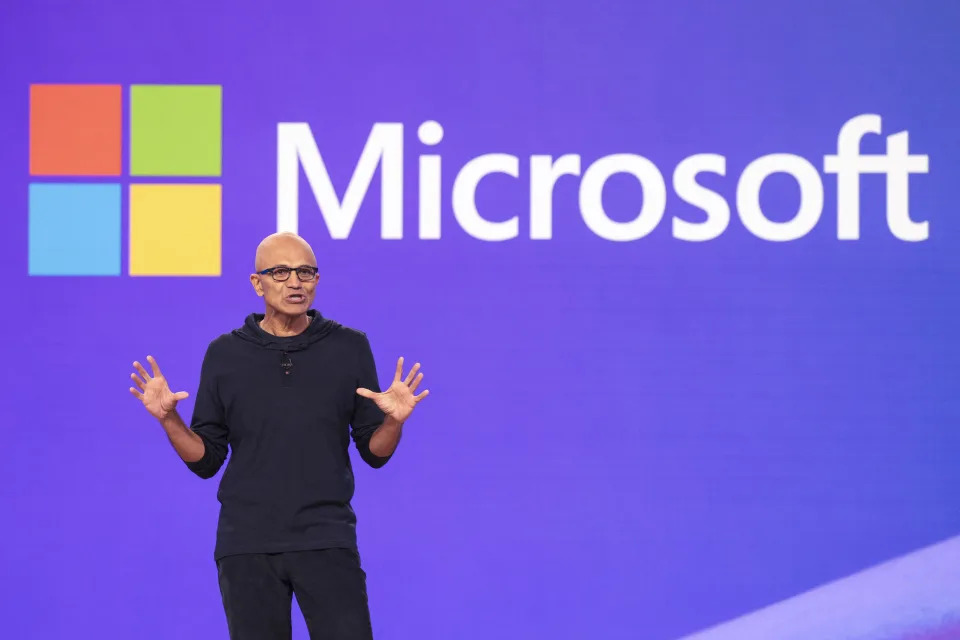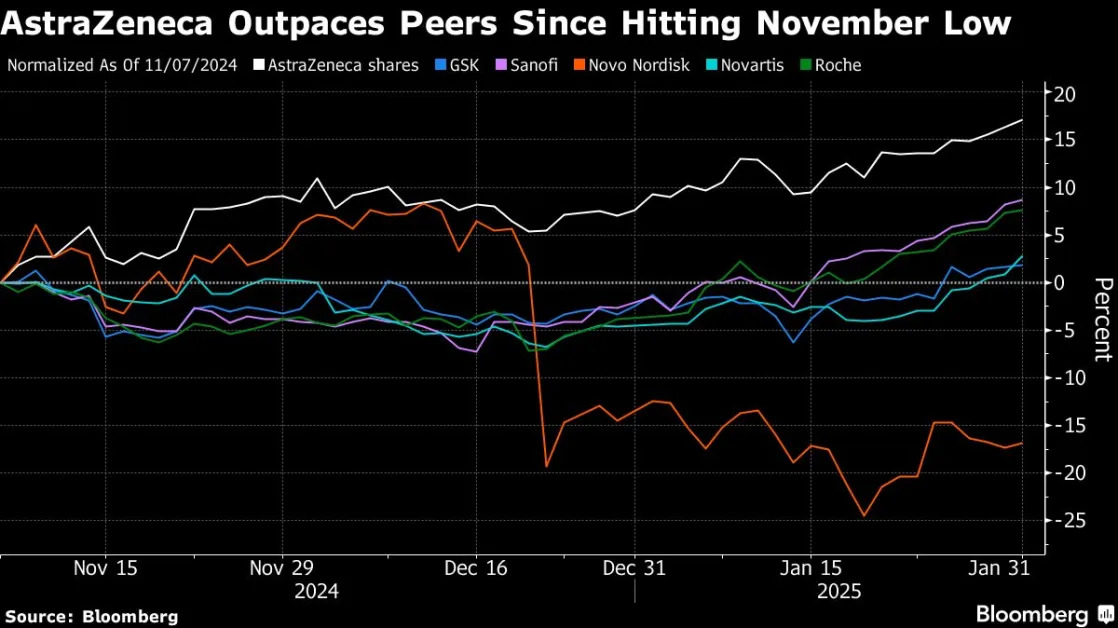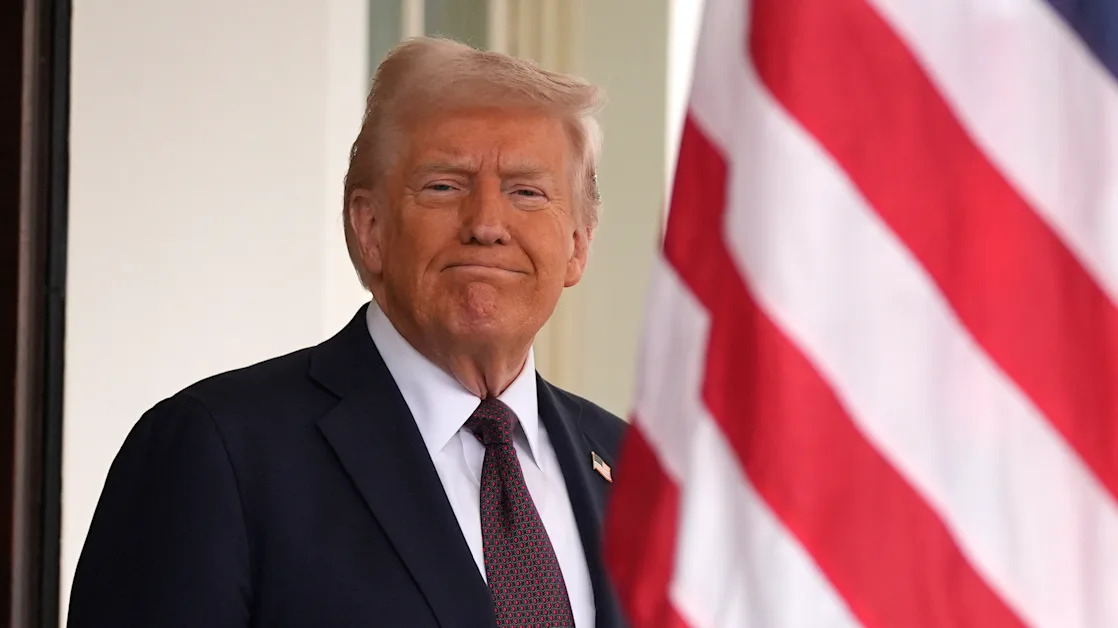(Bloomberg) -- Federal Reserve Bank of Cleveland President Beth Hammack said it’s appropriate to keep interest rates steady for “some time” while policymakers await further downward progress on inflation and analyze the economic effects of new government policies.
“We have made good progress, but 2% inflation is not in sight just yet,” Hammack said Tuesday in prepared remarks for an event in Lexington, Kentucky. “As long as the labor market remains healthy, I am looking for broad-based evidence that inflation is sustainably returning to 2% before adjusting policy further.”
Hammack outlined two key factors supporting the need for a patient approach to monetary policy. She pointed to lingering upside risks to inflation, including the strength of consumer spending and the potential for last year’s rate cuts to stoke economic activity with a lag.
The Cleveland Fed chief also highlighted uncertainty around new government policies, like those pertaining to regulation, taxes, immigration and tariffs. She said it will take “some time” to analyze these and decide on the appropriate monetary policy response.
“Taking the case of tariffs as one example, it is appropriate for policy to be patient in assessing their ultimate effects,” Hammack said. “Given the recent history with elevated inflation, the risks to the inflation outlook appear skewed to the upside, and this could delay a return to 2% and further risk embedding elevated inflation into the economy.”
President Donald Trump ordered a 25% tariff on steel and aluminum imports on Monday, adding to new 10% tariffs on goods from China, as well as 25% levies on Canada and Mexico that are currently delayed.
She reiterated that policy is only modestly restrictive, adding the Fed “may be at or close to a neutral setting already.” A neutral stance is a level of rates that neither stimulates nor restrains economic activity.
In a moderated discussion following her prepared remarks, Hammack said she doesn’t anticipate raising interest rates in 2025.
“While it’s not my base case that we would raise rates this year, there’s a lot of uncertainty there about the broad swath of policies, and so we’ll need to be mindful of what all of those are and what those impacts are for making those decisions,” she said.
Fed officials held interest rates steady when they met last month, following a percentage point of reductions in late 2024. Hammack dissented against her colleagues’ decision in December to lower borrowing costs for a third-straight time, instead preferring to leave rates unchanged until there is further evidence of inflation moving toward the central bank’s 2% goal.
Hammack noted in her latest speech that she’ll be watching inflation data closely at the beginning of the year to see if — similar to last year — employers implement outsized price increases. Updated figures for the closely watched consumer price index will be released Wednesday.
Hammack’s remarks came just before Fed Chair Jerome Powell was scheduled to begin his semi-annual testimony to Congress Tuesday. Powell will appear before the Senate Banking Committee at 10 a.m. in Washington, during which he’s expected to field questions on topics including inflation, bank regulation and a rollback of diversity, equity and inclusion efforts at the central bank.
--With assistance from Catarina Saraiva and Vince Golle.
(Updates to add an additional comment from Hammack starting in the eighth paragraph.)





